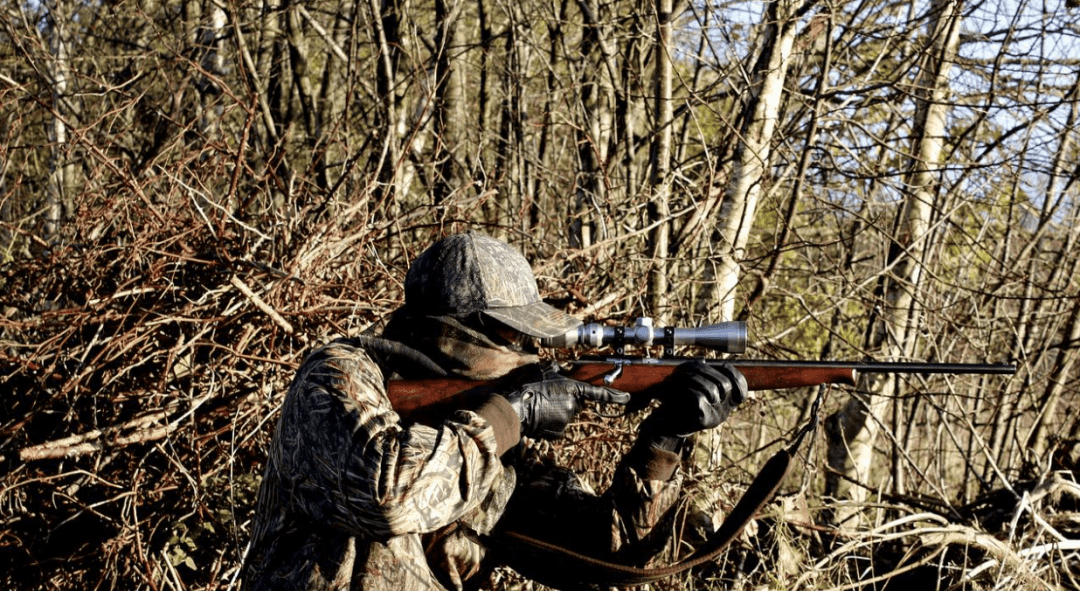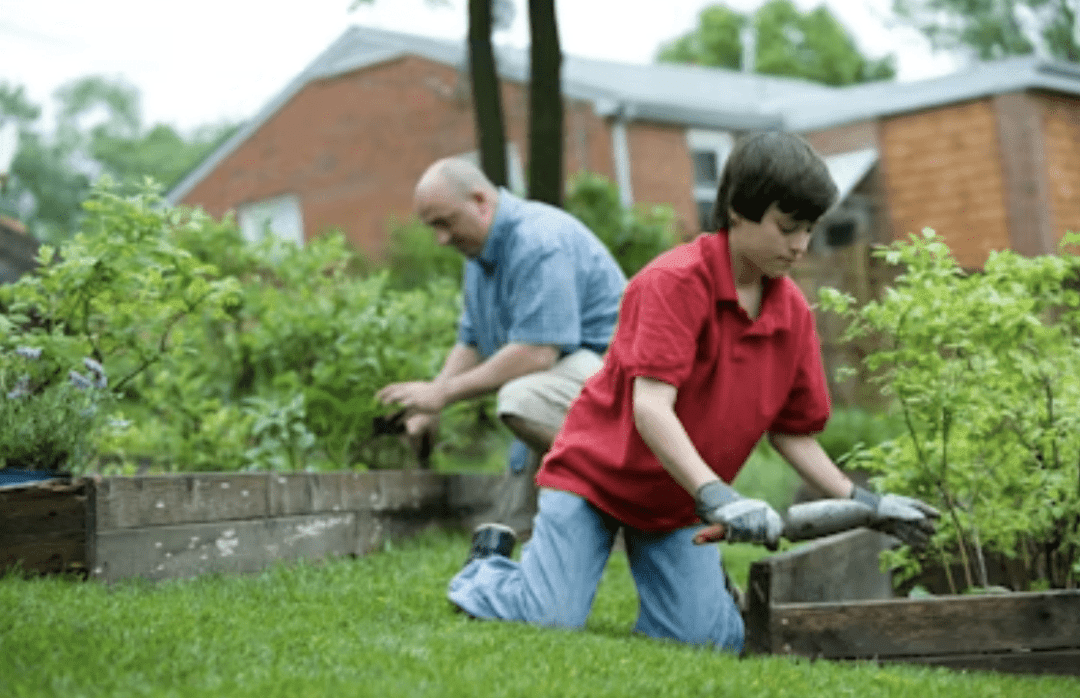Expanding maternal health care: Montana State announces new nurse-midwifery program
 Alicia Kelso, a certified nurse-midwife with the Bozeman Health Women’s Specialists Clinic examines Jessica Herrin Friday, Feb. 23. Montana State University's Mark and Robyn Jones College of Nursing has been authorized to start a Doctor of Nursing Practice program to train certified nurse-midwives. MSU photo by Kelly Gorham
Alicia Kelso, a certified nurse-midwife with the Bozeman Health Women’s Specialists Clinic examines Jessica Herrin Friday, Feb. 23. Montana State University's Mark and Robyn Jones College of Nursing has been authorized to start a Doctor of Nursing Practice program to train certified nurse-midwives. MSU photo by Kelly Gorham
BOZEMAN — The Mark and Robyn Jones College of Nursing at Montana State University has taken another step toward improving health care for state residents, particularly those living in rural, frontier or Native communities.
The nursing college has been authorized by the national Accreditation Commission for Midwifery Education to start a nurse-midwifery track in its existing Doctor of Nursing Practice program. The preaccreditation allows MSU to enroll students in the first nurse-midwifery program rooted in Montana.
Nurse-midwives are trained to give prenatal and post-partum care as well as attend births. They are also able to provide primary care to women from adolescence on. The new program will provide many more Montanans – especially rural residents – better access to women’s health care, according to Sarah Shannon, dean of MSU’s nursing college.
“Montana is a great place to raise a family,” Shannon said. “We want to help make it a great place to start a family.”
MSU is planning to admit about eight students to the inaugural class, which begins in August. Applicants must have a bachelor’s degree in nursing and be Montana residents. Applications for the nurse-midwifery track in the Doctor of Nursing Practice program will be accepted immediately.
Upon the graduation of the inaugural class, the nursing college will be eligible to apply to the Accreditation Commission for Midwifery Education for full accreditation, which is good for five years.
Getting the nurse-midwifery program off the ground has been a yearslong process made possible after Mark and Robyn Jones presented the nursing college with a $101 million philanthropic investment in 2021.
While most of that money will go toward constructing new buildings on the nursing college’s five campuses in Billings, Bozeman, Great Falls, Kalispell and Missoula, $3 million was earmarked to launch the nurse-midwifery program.
St. Vincent Regional Hospital in Billings donated another $3 million to endow the program and support key operating costs once it launches. Specifically, the travel costs that students, particularly the most rural, will incur to gain necessary clinical experiences will be covered through this endowment.
"St. Vincent Regional Hospital has a 125-year history of caring for women and babies, establishing a rich legacy that fuels our dedication to fostering a healthier community for years to come. By collaborating with MSU to establish this vital certified nurse-midwifery DNP program for Montana, we aim not only to enhance the well-being of our communities but also to address a pressing shortage of healthcare professionals," said Melissa Filter, chief nursing officer at St. Vincent Regional Hospital. "We take pride in supporting this significant initiative, contributing to the development and funding of this new academic program at MSU, which will train and empower future generations of certified nurse-midwives. We look forward to the graduates of this program profoundly impacting the health of women and children across our region."
Both in mission and delivery, the nurse-midwifery program will follow the lead of the college’s two other Doctor of Nursing Practice program tracks, which educate nurse practitioners in family health and psychiatric mental health.
The nurse-midwifery program will use distance learning to allow students to complete their coursework from home, so they will not be required to move from their communities or uproot their families. The college will also assist students in finding preceptors — experienced professionals whom students train under — for their clinical studies, where they will gain hands-on experience while working in a professional setting. Furthermore, because of the funding from St. Vincent Regional Hospital, the nursing college will compensate students for the travel expenses that will be necessary to complete required clinical experiences.
There are roughly four dozen nurse-midwives practicing in Montana, with the majority working in larger communities, according to nursing officials. As MSU graduates more midwives, the available pool of preceptors will grow, allowing the nursing college to expand its nurse-midwifery program. MSU’s nursing college is recruiting prospective students from rural, frontier and Native communities for the nurse-midwifery program.
Nurse-midwifery students will be required to attend a certain number of births and pre- and post-natal visits before they can graduate and be eligible to take the national certification exam, according to Susan Raph, associate dean for academic affairs at MSU’s nursing college.
“We want to make sure our students get the experiences they need to provide quality women’s and maternal care,” Raph said.
Increasing the number of nurse-midwives working in the state will expand access to care for many rural Montanans, some who need to drive over 3 hours one-way to give birth or receive prenatal care.
“Women who have to travel long distances for prenatal care tend to delay going to providers early in their pregnancy,” Raph said. “Late prenatal care is associated with higher risks and poorer health outcomes. Educating more nurse-midwives for women in our rural settings will increase early access to prenatal care and help to reduce Montana’s poor maternal health outcomes.”
Montana currently ranks among the worst in maternal mortality and post-partum suicide, according to state reports. Infant mortality rates and preterm births are also higher than the national average, according to the Department of Public Health and Human Services.
“Nurse-midwives are the key to improving these very concerning health outcomes,” said Mariah Hill, midwifery program lead.
Hill said that, along with providing prenatal and post-partum care, midwives will be trained to identify risk factors and collaborate with the wider health care team, which can minimize birth complications for mothers and babies.
“I think it would be so exciting and meaningful to be in one of the first graduating classes of Montana-educated nurse-midwives,” Hill said. “We are on a mission to change maternal health outcomes in Montana.”






News Comments
Thank you
Open Auditions for Annie
Monday, Sep. 16, 2024
I’m at the Bozeman airport where your painting, “Blowing East” is displayed. It’s absolutely gorgeous! Bravo, Marci!!
The Artists’ Gallery in Bozeman’s Emerson Cultural Center May Exhibits
Sunday, Jun. 30, 2024
This is so typical of a sign in, which we should not have to do to check if we or some one in our party got a permit. I have been working or "creating an account" for 30 minutes and just get the same ...
Smith River permit drawing results available
Sunday, Mar. 10, 2024
I have struggled with this podcast and my own participation therein, the event itself obviously traumatic, but beyond that my inability to reach anyone and convey anything resembling truth. The person ...
Billings, MT Case Becomes True Crime Podcast | 'An Absurd Result'
Marktokarski
Saturday, Jan. 20, 2024